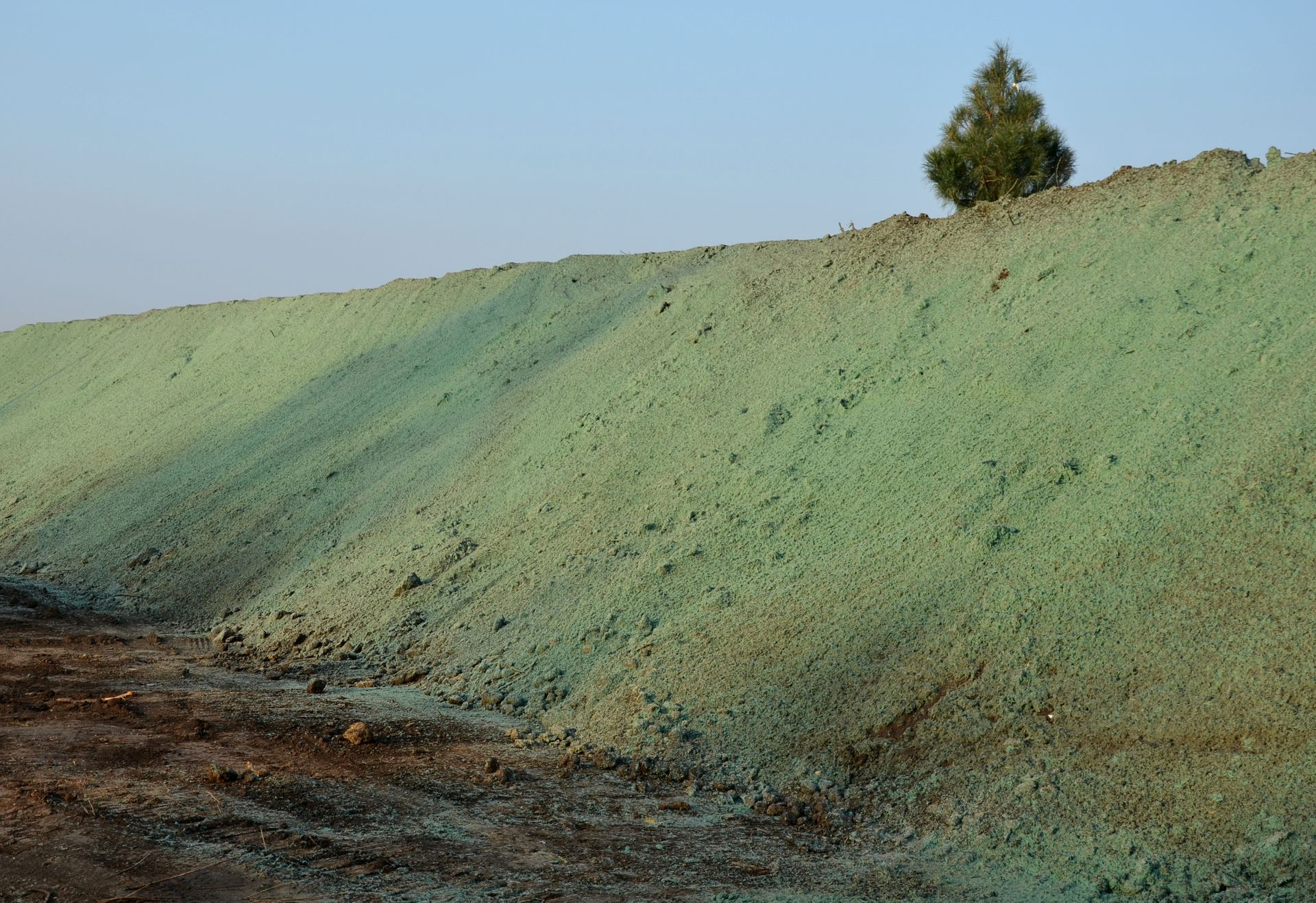Erosion control is an essential part of any construction project.
One affordable and effective solution is to stabilize native and disturbed soils using thick construction grass seed.
By applying grass seed on vulnerable hills and slopes it can also provide erosion protection for areas outside your work site.
However, due to Mother Nature’s unpredictability, most site managers require a fast-growing grass seed for erosion control.
This construction grass seed guide will discuss the best strategies for quickly stabilizing hills and native vegetation using a variety of different construction grass seeds.
The Benefits of Construction Grass Seed for Erosion Control
Construction grass seed offers several advantages for erosion control over other BMPs. Firstly, grassroots bind soil particles together, which not only protects the soil against erosion but actively reverses any damage caused by erosion.
Secondly, grass actively improves soil infiltration. This allows soil to absorb onrushing water, providing additional protection to nearby areas by minimizing the total volume and velocity of stormwater runoff that trickles out of a worksite.
Lastly, grass seed provides aesthetic benefits over other controls, such as geotextile blankets and silt fencing, and is generally a better longer-term solution.
Choosing the Right Construction Grass Seed
Not all grass seeds are created equal. Choosing seeds that are best suited for a particular climate, soil, and topography will provide the best protection against rain, snow, and wind.
Following is a list of some of the most common construction grass seeds used for erosion control:
- Kentucky Bluegrass: Known for its dense growth and strong root system, Kentucky bluegrass is ideal for stabilizing soil on slopes and embankments.
- Perennial Ryegrass: This fast-growing grass seed establishes its roots quickly, providing rapid erosion control in high-traffic areas.
- Tall Fescue: With its deep root system, tall fescue offers excellent erosion control and drought tolerance, making it suitable for various soil types.
- Bermuda Grass: Well-adapted to warm climates, Bermuda grass forms a dense turf, effectively preventing soil erosion on slopes and hillsides.
- Buffalo Grass: Native to North America, buffalo grass requires minimal maintenance and offers erosion control in dry, arid regions.
There are many more grass seeds to choose from that would be too long to list. Ultimately, deciding on the right seed will ensure optimal growth and long-term erosion control success.
Using Fertilizer and Mulch to Sow Grass Seed
An important aspect of sowing grass seed for erosion control is protecting those seeds so they have time and nutrients to germinate.
Fertilizers are an essential ingredient, furnishing the proper nutrients that construction grass seeds need to establish healthy roots.
Mulch is another important ingredient, providing necessary additives that retain soil moisture, protect seeds from erosion, and regulate soil temperatures.
Applying a balanced blend of fertilizer and mulch when sowing grass seed will significantly improve germination rates and seedling survival.
Accelerating Seed Growth with Hydroseeding
For faster results, use a hydroseed blend.
Hydroseeding is a popular technique for rapidly establishing grass seeds on large areas, including slopes and disturbed landscapes. Hydroseed blends feature a slurry of grass seeds, fertilizers, mulch, and water that is sprayed onto the soil surface.
Hydroseeding promotes uniform seed distribution and provides optimal conditions for germination and growth. Just make sure any slurry you purchase has the right seeds for your site.
Protecting Seeds with Erosion Control Mats and Blankets
For additional protection of seedlings during a rain or wind event, we recommend covering seeds with an erosion control mat or blanket. These mats are woven with a biodegradable geotextile fabric that protects seeds from displacement while still allowing sunlight to penetrate through.
Use erosion control blankets for temporary soil protection before you sow your seeds and ongoing protection once seeds are sown.
Maintaining Grass Seeds on Hills and Slopes
Finally, stabilizing soil with grass seeds will require active maintenance and protection until each seed establishes its necessary roots.
Watering during dry or hot seasons will help seeds germinate, and mowing will be required once seeds establish a thick enough covering for aesthetic purposes.
Using construction grass seed for erosion control is a smart and effective way to stabilize disturbed soils and minimize the time necessary to revitalize landscapes after construction activity has ceased.
For safe and effective erosion control, always turn to a qualified company like Valor Environmental. Our team of licensed and qualified experts can handle all of your erosion control needs for any residential or commercial construction project.
FAQs: Construction Grass Seed Solutions
How long does it take for grass seed to germinate?
Germination time varies depending on the grass species and environmental conditions. Under optimal conditions, grass seed germinates within 7 to 21 days.
Do I need to remove existing vegetation before sowing grass seed?
In some cases, removing existing vegetation may be necessary to ensure successful seed establishment. However, in areas with sparse vegetation, overseeding may be sufficient to promote grass growth and erosion control.
How often should I water newly seeded areas?
Newly seeded areas should be watered regularly to keep the soil moist but not saturated. Watering frequency may vary depending on weather conditions, soil type, and grass species.
Can I use grass seed for erosion control on steep slopes?
Yes, certain grass species, such as Kentucky bluegrass and tall fescue, are well-suited for erosion control on steep slopes due to their deep root systems and ability to stabilize soil.

